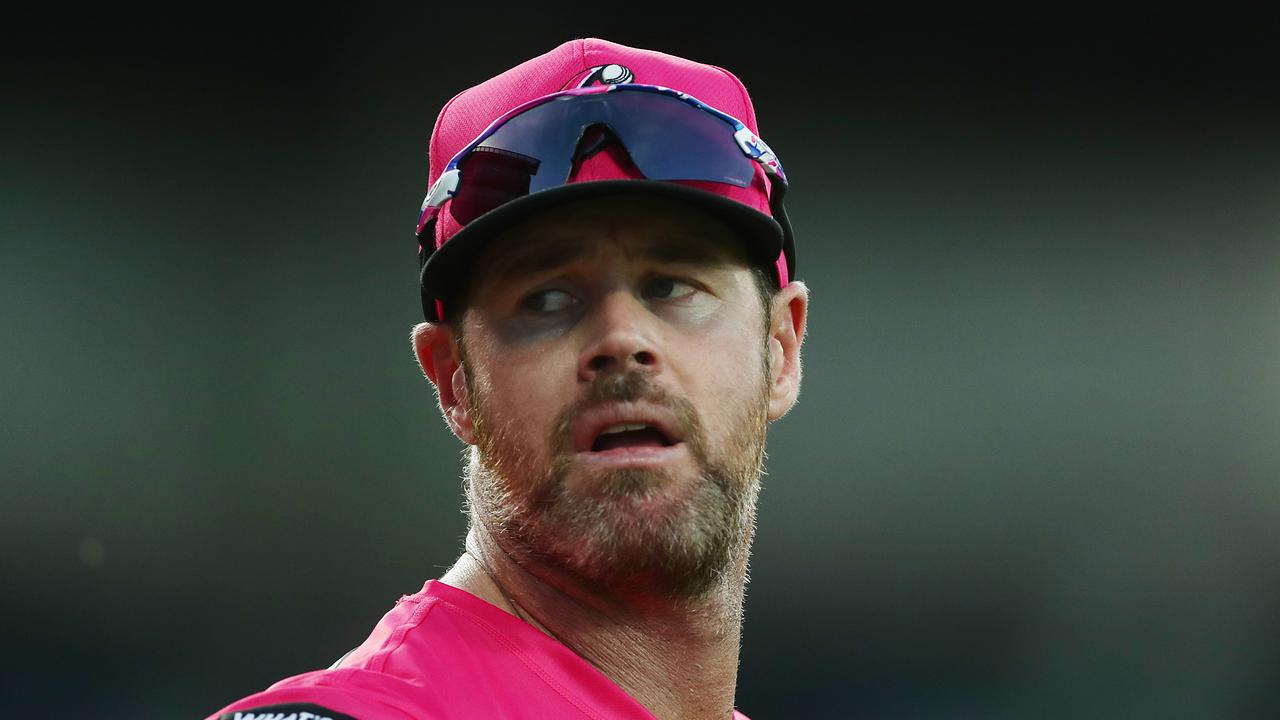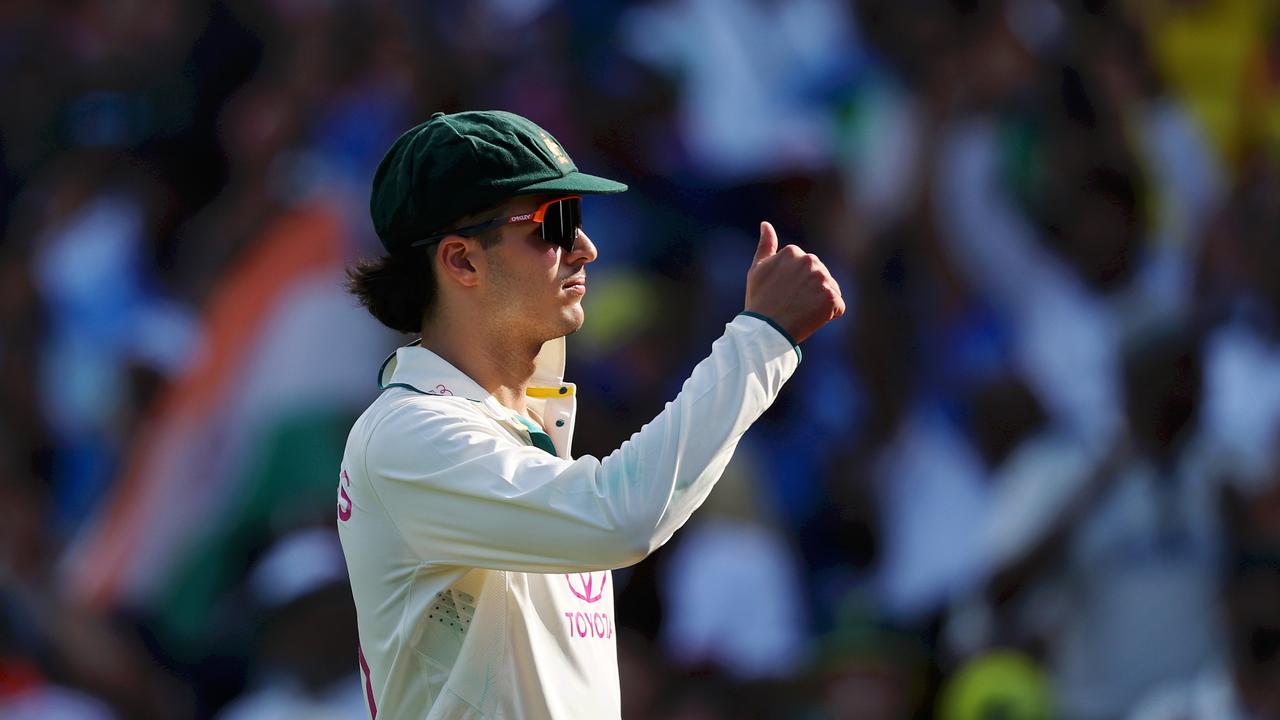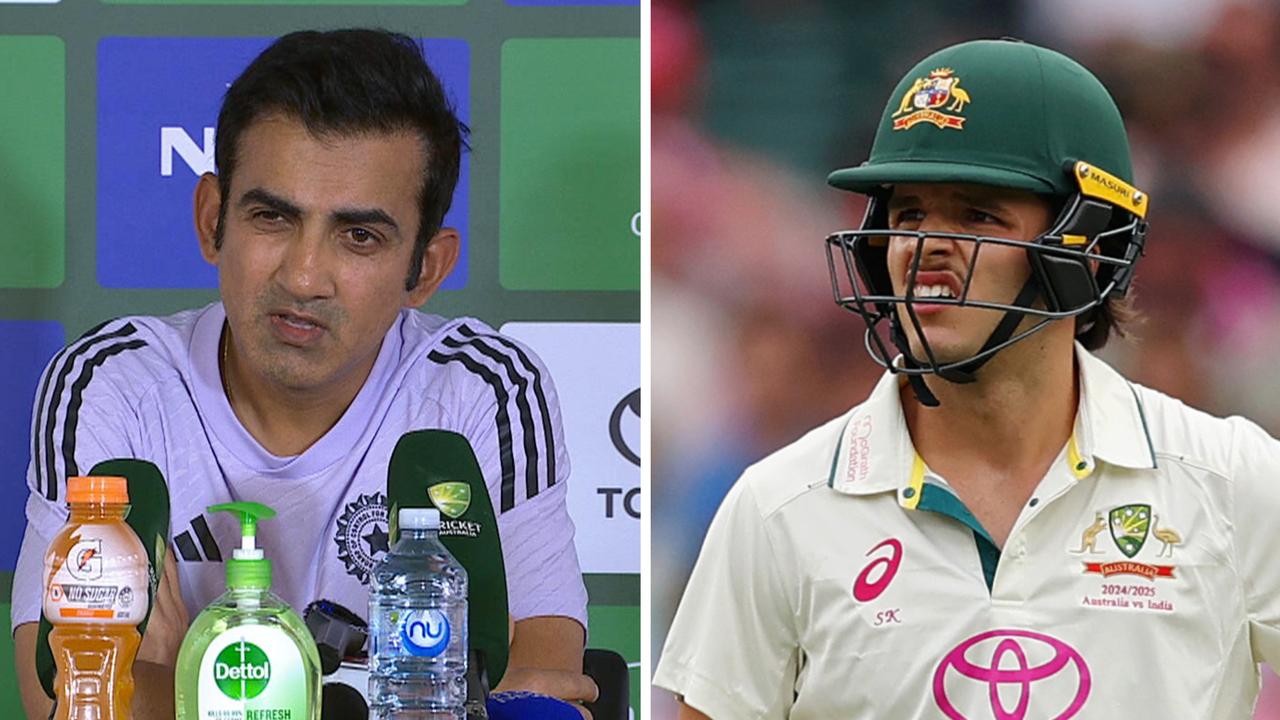Will changes to Australian broadcast rules make sport free for all? TV networks say no

- by Admin
- June 20, 2024

The government says its changes will modernise old rules set before large streaming platforms began showing big games and competitions, to better account for changing habits in how people consume sport. But critics, including the major TV networks and the Greens, are concerned it may see those events locked behind internet paywalls or disadvantage people who don’t have an aerial installed at home.
Free TV Australia, representing the big channels, says: “Your cost of living is about to get tougher.”
The updates to the system – known as the anti-siphoning scheme – will change how Australians see sport, and what they might have to pay.
What is the anti-siphoning scheme?
“The anti-siphoning scheme aims to give free-to-air broadcasters an initial opportunity to buy the television rights to major events included on the anti-siphoning list,” the federal government says.
“The scheme stops pay television broadcasters from buying the rights to events on the anti-siphoning list unless free-to-air broadcasters have purchased the rights to televise the event.”
Basically it’s a list of sporting fixtures that the minister for communications “believes should be televised free to the general public” because they’re deemed to be “of cultural or national significance”.
The list, which is now out for consultation for updates, includes the summer and winter Olympic Games, the Commonwealth Games, the Melbourne Cup, AFL and NRL fixtures, Australian rugby union Test matches and the Rugby World Cup, major cricket fixtures, the Fifa World Cup, the Australian Open tennis, semi-finals and finals of the Netball World Cup if it involves Australia, the Australian Grand Prix and the Bathurst 1000.
It’s a way of ensuring that broadcast TV channels, which all Australians can access for free, get first crack at bidding for beloved sporting events and that subscription channels only get a chance after broadcast TV has had a chance.
What does the government want to change?
The communications minister, Michelle Rowland, says the scheme, first of all, “needs to be broadened to incorporate online services” – that is, sport-specific streaming platforms such as Kayo, but also broader services such as Netflix and Stan, which are showing more sport.
“Changes in technology and media markets have created a latent but material risk that nationally important and culturally significant events will migrate behind online paywalls, and no longer be available for free to Australian audiences,” she said in an explanatory memorandum to the government’s bill late last year.
A new draft list would also add women’s matches in the NRLW and AFLW, the Paralympic Games, the women’s Fifa World Cup and more Matildas matches to the anti-siphoning scheme, giving free-to-air channels first shot at broadcasting them.
“Without these reforms, there would be nothing to prevent streaming companies from acquiring exclusive rights to events, leaving Australians with no free sport whatsoever,” Rowland said.
But Free TV Australia, the peak industry body for Australia’s commercial free-to-air broadcasters, has major concerns over the scheme – fears shared by the Greens, who are seeking to amend the bill in the Senate.
What are the concerns?
Free TV launched a new campaign, Free for Everyone, on Tuesday via newspaper and television ads, claiming the proposed change “only guarantees free sports for Australians that have an aerial”.
“It does not guarantee you will get free sport if you choose to stream it over the internet or don’t have an aerial. So if you have no aerial there is no guarantee that you will have access to free sport in the future,” Free TV’s website says.
It claims the changes, for instance, may see the broadcast rights for TV given to a free-to-air channel but the online rights for the same competition won by a subscription streaming service – which would mean that homes that don’t have a terrestrial TV connection, or use a smart TV, might miss out on seeing those sports for free.
Free TV is making the case for the “broadcast video on demand” streaming services attached to broadcast channels, such as 9Now and 10Play, to be brought into the scheme. Free TV has shared statistics claiming only 61% of Australians watch TV through an aerial, a number that is declining.
“Changes need to be made to ensure that both the free broadcast and free digital streaming rights are available to broadcasters before the event can be snatched up by a pay TV or subscription streaming provider,” Free TV said.
The Greens’ communications spokesperson, Sarah Hanson-Young, has been raising those issues for some time. The Greens have accused the government of “helping to line the pockets of their Murdoch media mates at Foxtel and Kayo” with the changes.
“Labor needs to get with the times and ensure our laws are fit for purpose in the digital age,” they said. “The Greens want these iconic sporting moments to be free and accessible for all, whether they have an aerial on their roof or not.”
What would the change mean?
The Greens, pointing to examples from the US where NFL fans have to pay more than $1,600 to watch a full season of games, have raised concerns that the carve-up of digital broadcast rights may require fans to pay large sums to watch big games.
In submissions to an inquiry, TV executives said they predicted aerials for TV would become increasingly rare and called for BVOD products to be treated like broadcast TV.
Free TV’s submission to the inquiry says BVOD streaming is growing quickly, while more new homes are being built without TV aerials attached. Millions of Australians watched the Matildas’ FIFA World Cup campaign on online video platforms, for instance.
Rowland’s office pushed back on those concerns, saying free-to-air broadcasting was still the predominant way for Australians to watch sport, and that nearly 99% of households could “receive terrestrial television services via commonly available reception equipment”.
“Recent rights deals show that in many instances, where free-to-air broadcasters have acquired a broadcast right, they have also secured online rights for their streaming service,” she said.
Rowland pointed to Seven Network having AFL and cricket streaming rights through to 2031, and Nine having NRL rights until 2027 and the Olympics until 2032.
What happens next?
The anti-siphoning scheme is expected to come before the Senate next week. The Greens say it is “heading for a showdown” in the upper house, suggesting they will not support the changes yet.
Government sources said they believed the scheme struck the right balance, and don’t expect to make further amendments at this stage.
The Latest News
-
January 7, 2025Shane Lowry shares extremely relatable concern about taking the first-ever shot of TGL – Australian Golf Digest
-
January 7, 2025New Scotty Cameron putters appear at the Sony Open in Hawaii. Is retail the next stop? – Australian Golf Digest
-
January 7, 2025LIV Golf announces 2025 schedule, returns to President-elect Trump property – Australian Golf Digest
-
January 7, 2025Sony Open DFS picks 2025: Bet on golf’s next big talent – Australian Golf Digest
-
January 7, 2025Australian Open 2025 schedule and draw: Dates, seeds, format and favourites for first Grand Slam of year





